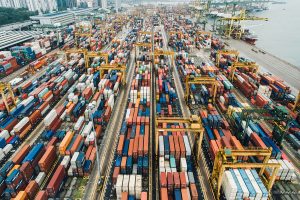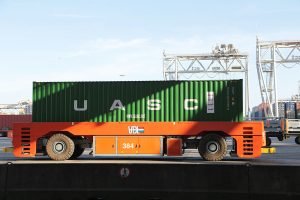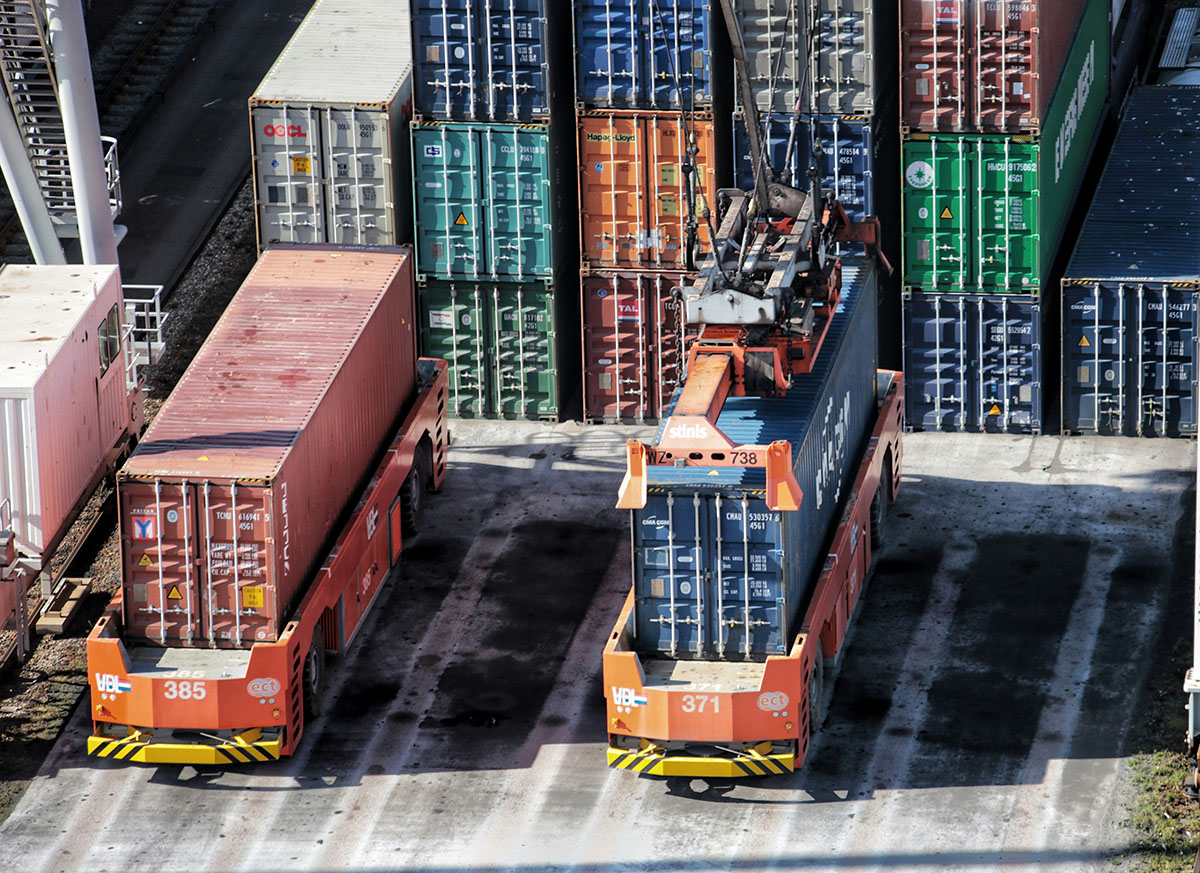In the dynamic world of logistics, the drayage market plays a pivotal role in the seamless transportation of goods, especially when it comes to picking up containers at the port. Drayage, the short-haul trucking service that moves containers between ports and nearby locations, has become increasingly crucial in optimizing supply chain efficiency. In this article we will delve into the key aspects of the drayage market, exploring the challenges it faces and the opportunities it presents.
The Drayage Market Landscape:
The drayage market has witnessed significant growth in recent years, driven by the global surge in trade and the increasing complexity of supply chains. As businesses expand their reach across borders, the demand for efficient and reliable drayage services has escalated. Drayage providers bridge the gap between marine transportation and inland distribution networks, facilitating the smooth transition of containers from port terminals to warehouses and distribution centers.
Challenges in Container Picking at the Port:
- Congestion and Delays: One of the foremost challenges faced by drayage operators is port congestion. Overcrowded terminals often lead to delays in container retrieval, impacting the entire supply chain. Efficient scheduling and coordination become essential to mitigate these delays, requiring close collaboration between drayage providers, port authorities, and other stakeholders.
- Regulatory Compliance: Drayage operations are subject to a myriad of regulations, from environmental standards to safety requirements. Navigating the complex regulatory landscape demands a high level of compliance from drayage providers. Adhering to emission standards, safety protocols, and local regulations is critical to avoiding penalties and maintaining a sustainable operation.
- Equipment Shortages: The availability of suitable equipment, such as chassis and specialized containers, can pose a significant challenge. Equipment shortages can lead to bottlenecks in the drayage process, hindering the timely movement of containers. Drayage providers must invest in a well-maintained fleet and establish strategic partnerships to address this issue effectively.
Opportunities in the Drayage Market:
- Technology Integration: Embracing technological advancements presents a significant opportunity for drayage providers to enhance efficiency. The integration of GPS tracking, real-time monitoring, and data analytics enables better visibility into the movement of containers. This not only improves operational efficiency but also allows for proactive problem-solving and route optimization.
- Intermodal Solutions: Drayage providers can explore intermodal transportation solutions to overcome the challenges associated with port congestion. By seamlessly integrating different modes of transportation, such as rail and trucking, companies can create more resilient and efficient supply chain networks. Intermodal solutions also contribute to reducing the environmental impact of transportation.
- Collaborative Partnerships: Establishing strong partnerships within the logistics ecosystem is key to overcoming challenges in the drayage market. Collaborating with port authorities, shipping lines, and other stakeholders fosters a more integrated and coordinated approach. This collaboration can lead to streamlined processes, improved information exchange, and ultimately, a more efficient drayage operation.
 In the ever-evolving landscape of global trade, the drayage market plays a crucial role in connecting ports to inland destinations. While challenges such as congestion, regulatory compliance, and equipment shortages persist, innovative solutions and strategic partnerships present opportunities for growth and optimization. Drayage providers that embrace technology, implement intermodal solutions, and foster collaborative relationships are well-positioned to navigate the complexities of container picking at the port and contribute to a more efficient and resilient supply chain.
In the ever-evolving landscape of global trade, the drayage market plays a crucial role in connecting ports to inland destinations. While challenges such as congestion, regulatory compliance, and equipment shortages persist, innovative solutions and strategic partnerships present opportunities for growth and optimization. Drayage providers that embrace technology, implement intermodal solutions, and foster collaborative relationships are well-positioned to navigate the complexities of container picking at the port and contribute to a more efficient and resilient supply chain.


